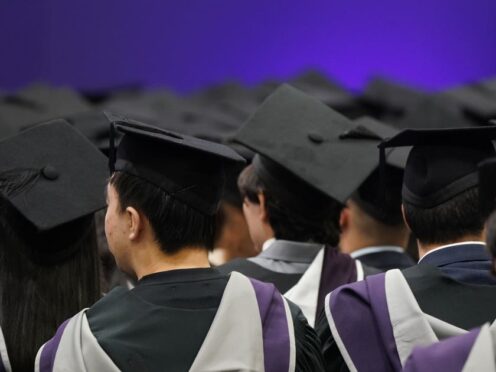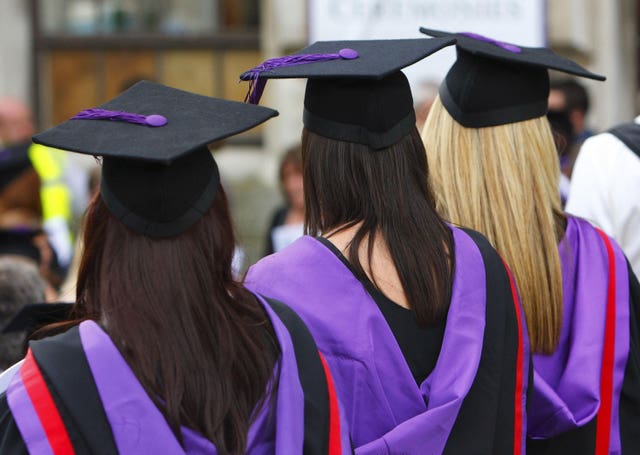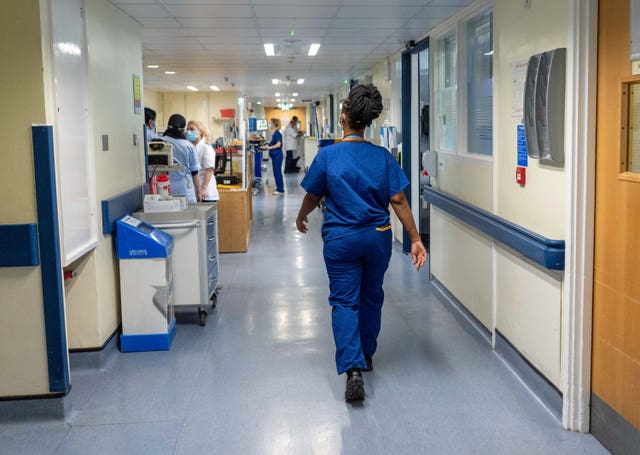
The graduate with the most unpaid student debt in the UK owes more than £231,000, while another loan holder racked up interest exceeding £50,000, according to new data.
The figures, released by the Student Loans Company (SLC) following a Freedom of Information (FOI) request by BBC News, also revealed that another student repaid a record £110,000 loan in full after six years of funded study.
The amount of student debt owed after graduating and how long an individual has to pay it back depends on which “plan” the loan is covered by, which varies depending on the starting date of a course and the location of study.
The highest outstanding student loan balance – which comes to £231,384.24 – belongs to a Plan 2 loan holder who started their course after September 1 2012.
The individual had studied multiple courses, the SLC said.
The average student loan debt held by a graduate leaving university is £44,940 in England, the loan provider added.
Graduates on Plan 2 contribute 9% of their income above £27,295 to repay their debts, which are written off after 30 years.
The loan holder with £54,048.56 of accumulated interest was also on Plan 2, where interest is 7.7%.
A junior doctor told the BBC he had “no hope” of paying off his student debt of more than £103,000.

Dr Luke Amos, who graduated in 2022 after seven years of study, said the figure “still shocks friends and family”.
Student loan changes announced in 2022 mean that students enrolling on undergraduate courses from August 2023 will repay student loans for 40 years after graduation and from a lower yearly threshold of £25,000.
An SLC spokesperson said: “These exceptional balances are a function of Government policy that in certain circumstances exempts specific courses from repeat study restrictions, permits funding for additional years of study, and results in SLC awarding additional years of funding when an individual demonstrates compelling personal reasons.”
Undergraduate loans are typically only made to those doing their first higher education qualification, but some courses – including medicine, social work and dentistry – offer exceptions to this rule.
A Department for Education spokesperson said: “It’s vital we have a sustainable student finance system that is fair to students and taxpayers.
“We’ve frozen tuition fees for the 2023/24 and 2024/25 academic years to deliver better value for students.

“New borrowers will also not repay more than they originally borrowed when adjusted for inflation, and graduates who earn less than the repayment threshold will not have to make any repayments.
“Any outstanding debt will be written off at the end of the loan term.”
Tuition fees in England tripled in 2010 under the Conservative-Lib Dem coalition government and are now capped at £9,250 annually.
Student loans comprise tuition fees paid directly to universities and maintenance loans, which cover living costs, such as accommodation and food.

Enjoy the convenience of having The Sunday Post delivered as a digital ePaper straight to your smartphone, tablet or computer.
Subscribe for only £5.49 a month and enjoy all the benefits of the printed paper as a digital replica.
Subscribe